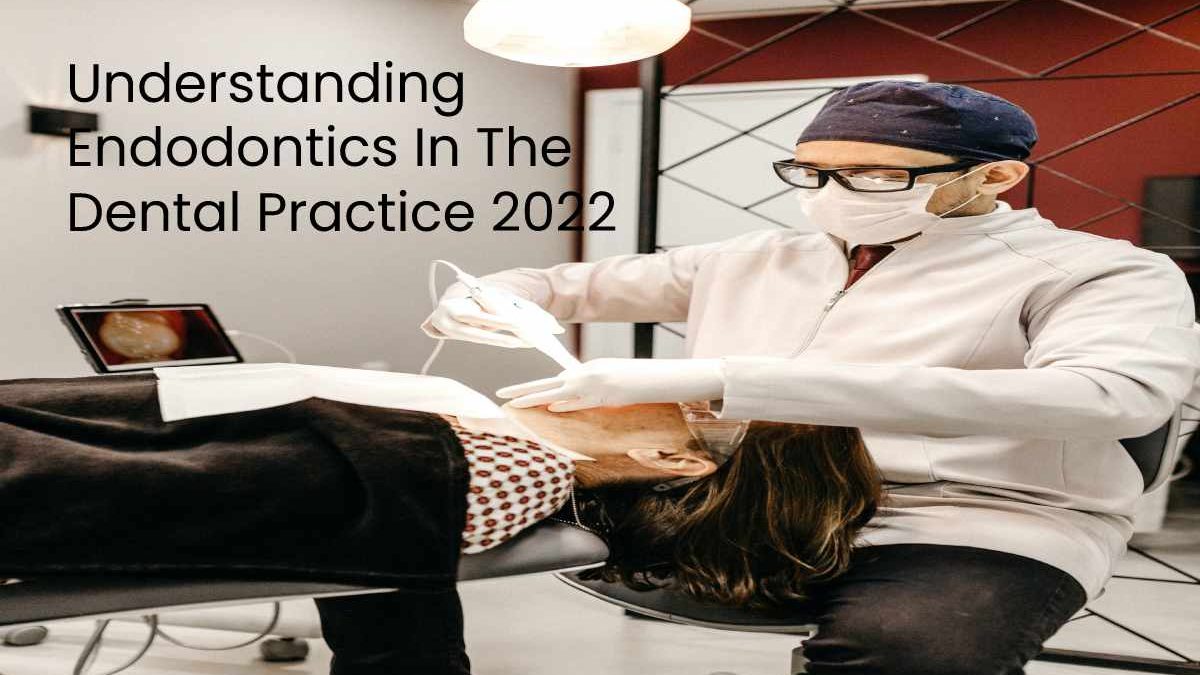Endodontics is a treatment that consists of treating the inside of a tooth when its pulp is affect. This solution is generally chosen to preserve the tooth by treating the root canals.
This article presents endodontics, its indications, its contraindications, as well as the stages of its development.
Table of Contents
What is Endodontics?
The term endodontics, derived from the Greek Rendon (in) and odontoid (tooth), is the treatment of the contents of the tooth. The outer part of the tooth is made up of the crown, and the root, which is lodged in the bone below the gum. The inner part consists of the pulp, including the blood vessels extending from the crown to the roots.
The pulp tissue is contain at the root canal, and endodontics involves treating inflammations relate to the channel and the pulp. This method is usually performed in dental offices. It is more generally refer to root canal treatment.
This practice is generally practice because of a cavity located very close to the pulp or of a pulpal necrosis.
There three types of endodontics, unradical, radicular and multiarticular, depending on the number of roots and pulp canals affect.
What Are The Indications For Endodontics?
Endodontic treatment is indicated in case of fracture of the tooth, associated with deep caries or a lesion in the connective tissue of the pulp. Endodontics makes it possible to stop the inflammatory process of the pulp and, therefore, protect it by closing the canal.
This solution is the only alternative to preserve the tooth when conventional treatments do not result before considering extraction and replacement by an implant or a bridge. It is also the most economical solution.
The main indication for endodontics is inflammation of the pulp, caused by persistent root canal infection. The main symptoms related to an attack of the pulp are pains, swelling or the formation of an abscess.
To confirm the diagnosis, the dentist can take an X-ray of the tooth, check the condition of the nerve with a viscometer, with a stern test, or a painful reaction to percussion of the tooth.
How Is Endodontics Performer?
To treat the canal, the dentist empties it, cleans it, sterilizes it and seals it to preserve the tooth while preventing the risk of recurrence. The action is perform under local an aesthesia in one or more sessions. Depending on the case.
The practitioner begins by accessing the canals through an opening in the center of the tooth. Then removes the affected pulp, cleans, disinfects and dries the channels. The sealer by sealing them with a plastic rod and root canal cement to mold the tooth’s internal anatomy.
An X-ray control is often necessary to check the quality of the obturation of the canals. The dentist temporarily closes the opening with a waterproof material while waiting to make a permanent filling with a filling or a prosthetic crown.
Endodontics: Are There Any Contraindications
Endodontics is strongly contraindicate in people with cardiovascular pathologies and presents with a necrotic pulp.
When the pulp is not necrotic. It is possible to perform endodontic treatment in patients at risk. Provide that strict rules of asepsis observe and that the treatment is carry out in a single session. With the agreement of the doctor. Cardiologist.



